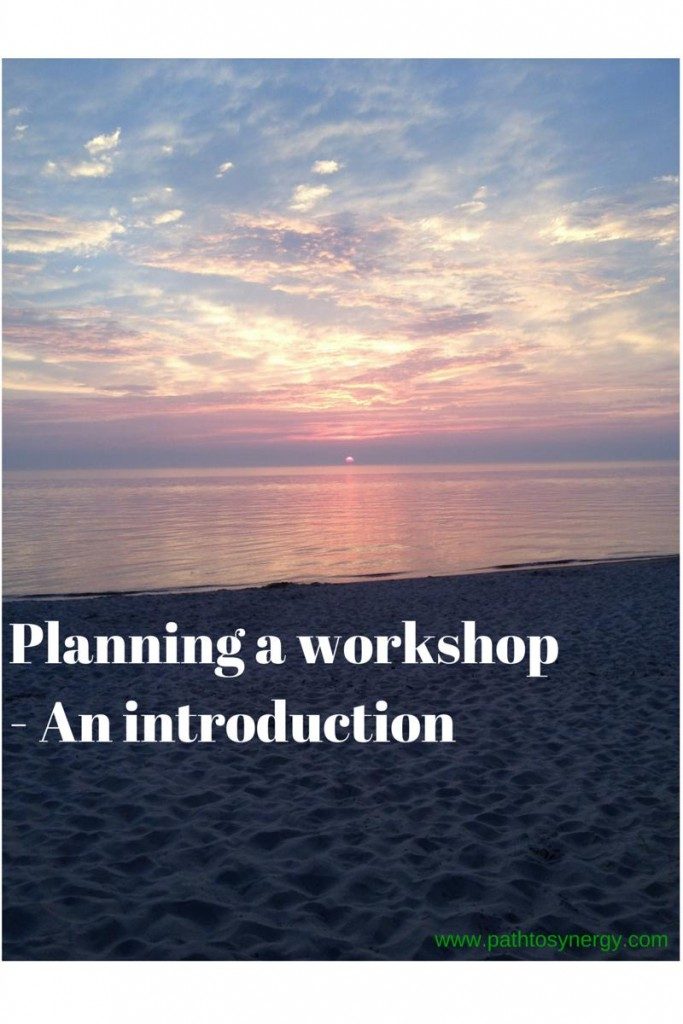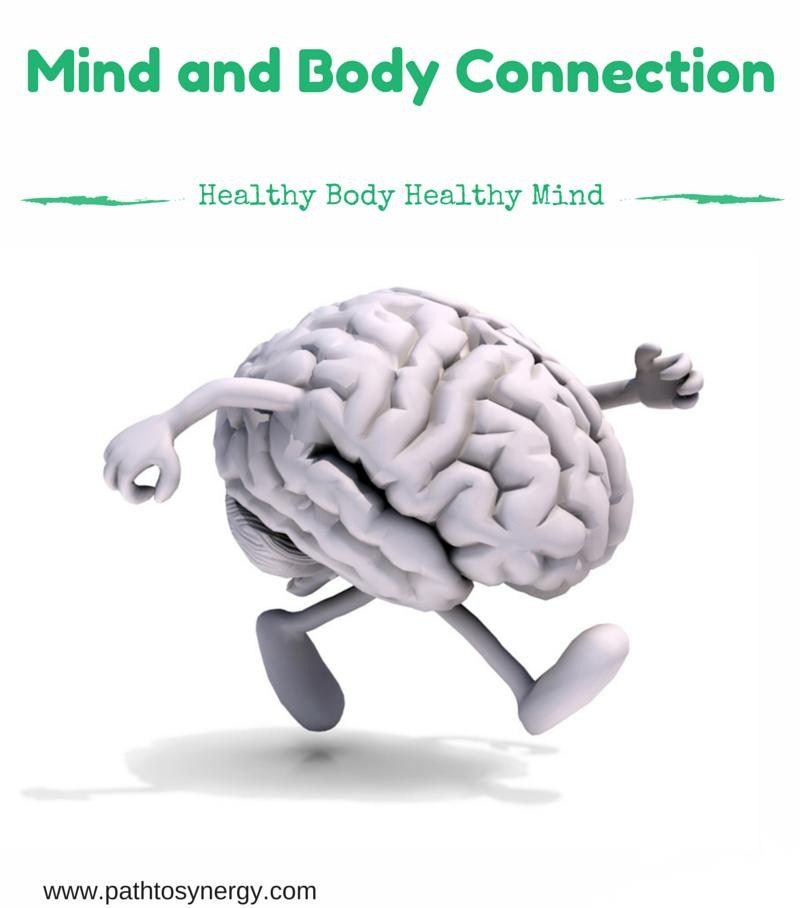Planning a Workshop – An Introduction
 Path to Synergy will be presenting a workshop this spring. The workshop is titled – “Are Our Brains Holding Us Back? Understanding and Managing Unconscious Bias.” This workshop will be held in Asheville, NC on March 13th, 2015. For more information, or to register, CLICK HERE.
Path to Synergy will be presenting a workshop this spring. The workshop is titled – “Are Our Brains Holding Us Back? Understanding and Managing Unconscious Bias.” This workshop will be held in Asheville, NC on March 13th, 2015. For more information, or to register, CLICK HERE.
When forming our initial idea around how to create this particular workshop, we went through a couple of drafts and approaches. We learned a number of things from this process which I would like to share. Here are five basic considerations for building and planning a workshop.
1.) Getting specific about a training topic
In my experience with both attending trainings as well as providing them, there always seems to be less time than content. This is relevant when determining a topic because being very specific will not only help to flesh out the idea but this may also help in pairing down the time.
2.) Do some research
Seeing what other kinds of similar workshops are out there can be great way to decide how to make a training stand out. In addition, if it seems the training topic is overly saturated and there are limited areas to expand, then perhaps another topic or variation would be better.
3.) Outline the time, day or number of days
Filling out the main objectives down to the hour can be a great way to start seeing the training take shape. Consider some blocks being 30 minutes while others may go to an hour or 1.5 hours. In addition, if the training is more than one day, fill in the larger time frames for all days. Be sure to include breaks and lunch time.
4.) Fill in the times specifically, down to 15 minute intervals
Being specific about how things may flow with every 15 minutes will help to reduce the chance for either over planning or not having enough material to fill the expected time frame. When building in breaks, be sure to space them out appropriately so that attendees have time to get engaged with the activity or session but also don’t get too restless.
5.) Be prepared for things to not go as planned, i.e.; be prepared to improvise
Rehearsing the training is a must! Depending on how much opportunity you offer for questions, this could drastically change the flow of your design. In addition, questions may inadvertently come up, so be prepared to be flexible. For longer activities or presentations it may be helpful to have a second plan for how to cover the material. Also, consider prioritizing what material is most important, in case time runs out.
As a consultant, counselor, educator or therapist, hosting a workshop can be a great way to connect with the community and share expertise on a number of topics. Remember, finding an idea that is within the field is of course relevant, but finding an idea that you are really passionate about may make the difference in the overall success of the workshop. If you can find something that you can speak about intelligently and also feel energized by, this will not only make the experience more fun to create and facilitate, but also more impactful on your audience.
Best!
Michael

